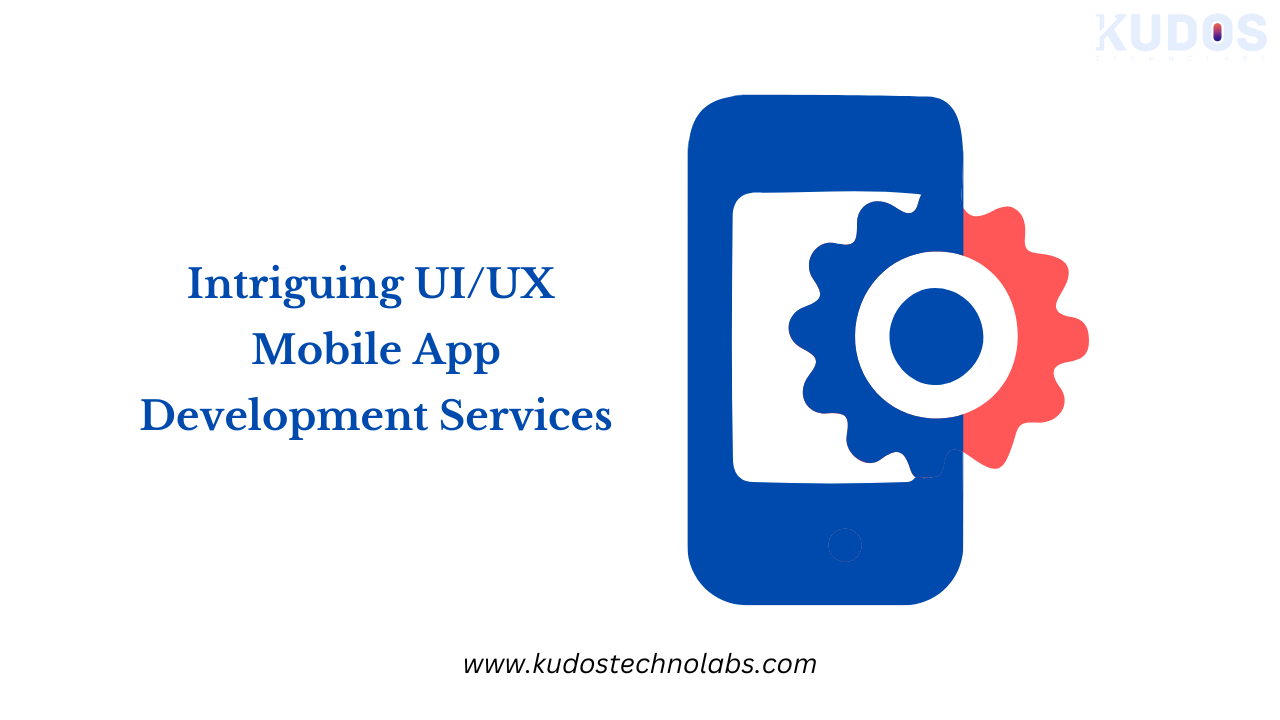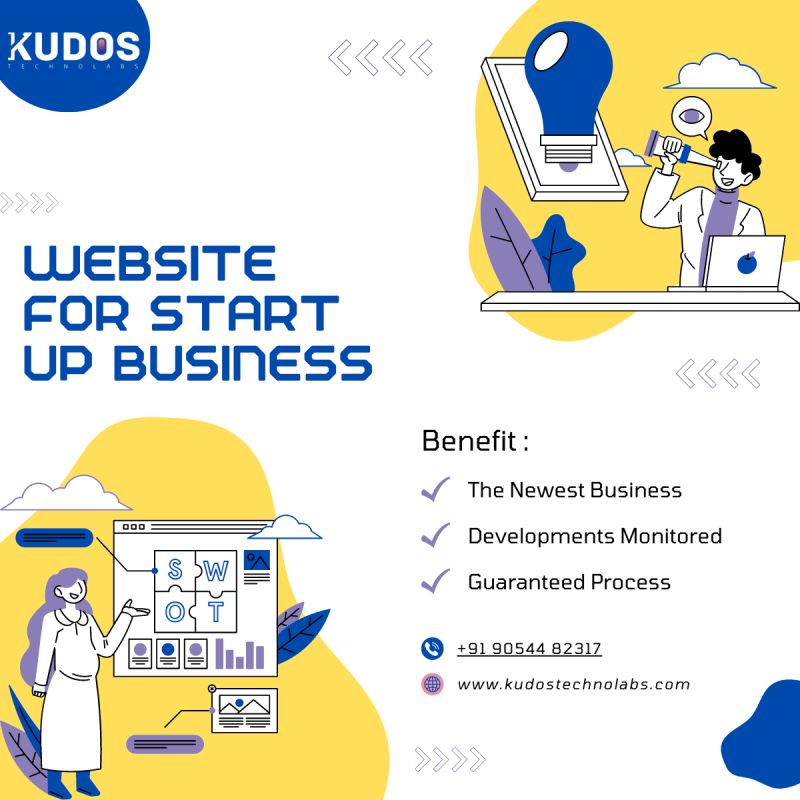In today’s importance of data backup and recovery as digitally-driven world where data is the lifeblood of businesses and organizations. The sheer volume of data generated and stored is staggering, and its importance cannot be overstated. However, with the growing threat of data loss due to cyberattacks, hardware failures, or human error, the need for robust data backup and recovery services has never been more critical. In this blog, we’ll delve into the pivotal role data backup plays in safeguarding your valuable information, ensuring business continuity, and protecting your bottom line.
The Significance of Data Backup :
- Data is Irreplaceable:
Data loss can occur in various ways, from accidental deletions to catastrophic events like fires or cyberattacks. In many cases, lost data is irreplaceable, causing significant disruptions to operations and productivity.
- Business Continuity:
Data backup is an integral part of any business continuity plan. It ensures that even in the face of adversity, your organization can continue to function, minimizing downtime and revenue loss.
- Regulatory Compliance:
Many industries and jurisdictions have stringent data retention and privacy regulations. Data backup helps businesses remain compliant, avoiding legal consequences and reputational damage.
- Protection Against Cyber Threats:
Ransomware attacks and data breaches are on the rise. Regular backups are a primary defense against such threats, allowing you to restore your data and avoid paying ransoms.
The Role of importance of Data Recovery :
- Minimizing Downtime:
Data recovery services enable rapid retrieval and restoration of critical data. This minimizes downtime, ensuring that your operations can resume swiftly.
- Cost Savings:
The cost of data recovery is significantly lower than the potential losses incurred due to extended downtime or data loss. It’s an investment in business resilience.
- Reputation Management:
In the event of data loss, customer trust and reputation are at stake. Effective data recovery helps you maintain your image as a reliable and secure business.
- Lessons Learned:
Through the data recovery process, organizations can identify the root causes of data loss and take preventive measures to avoid future incidents.
Types of importance of Data Backup and Recovery Services :
There are several methods and technologies available for data backup and recovery, including:
– On-site Backups: Storing data on local devices or servers within your premises.
– Off-site Backups: Keeping copies of data in secure, remote locations.
– Cloud Backups: Utilizing cloud-based services for data storage and recovery.
– Continuous Data Protection (CDP): Real-time backups that capture every change made to data.
– Snapshot Backups: Creating point-in-time copies of data for easy recovery.
– Managed Backup Services: Outsourcing data backup and recovery to experts.
Conclusion :
In an era where data is both an asset and a target, the importance of data backup and recovery services cannot be overstated. These services form a critical component of your organization’s resilience strategy, ensuring that your data remains protected, accessible, and recoverable when needed most. Don’t wait until disaster strikes; invest in robust data backup and recovery solutions to safeguard your business, maintain customer trust, and secure your place in today’s data-driven world. Your data is your lifeline—protect it wisely.
Get more information Or want to develop/design any web/app/software, We are leading IT company In India | Kudos Technolabs
|| hello@kudostechnolabs.com ||















